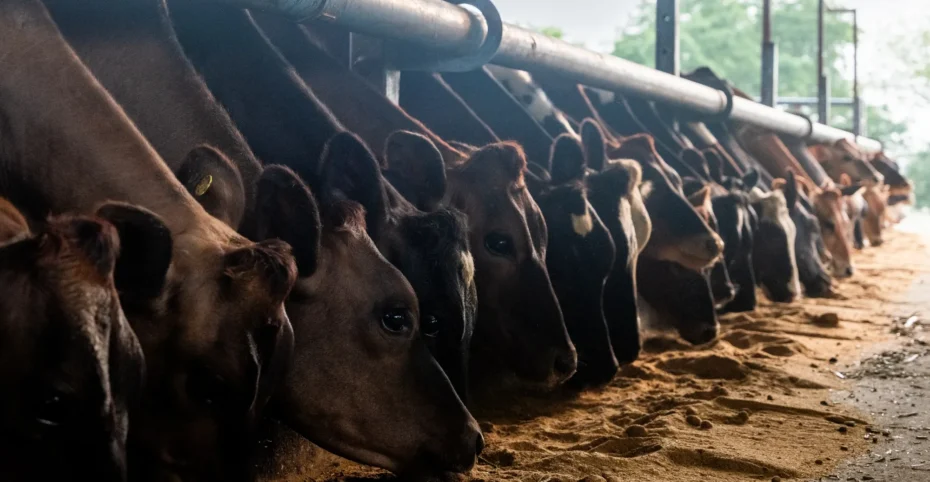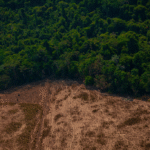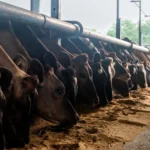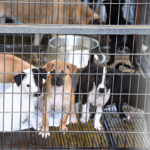When people think about climate change, carbon dioxide (CO₂) is often the first and only culprit that comes to mind. But there’s another greenhouse gas causing serious damage: methane.
Methane is the second-largest contributor to global warming. Over a 100-year period, it’s over 25 times more effective than CO₂ at trapping heat in our atmosphere. And while it doesn’t linger as long (around 12 years compared to centuries for CO₂) its impact during that time is intense.
In the last 200 years, methane levels have more than doubled, primarily due to human activities. The single largest source? Animal agriculture.
The Role of Animal Agriculture in Methane Emissions
Cattle, sheep, goats, and other ruminants digest their food through enteric fermentation, a natural process that produces methane. Most of this methane is released through burping, not flatulence—a small but powerful emission with global consequences.

According to the UN Food and Agriculture Organization (FAO), cattle alone account for about 62% of methane emissions from livestock. But the problem doesn’t end there. Manure, especially when stored in large, oxygen-deprived pits, emits even more methane.
Every burger, every glass of milk, adds to the buildup of this potent greenhouse gas. Animal agriculture now contributes to around 14.5% of all human-induced greenhouse gas emissions globally.
Why Methane Matters
Despite its shorter lifespan, methane’s heat-trapping power makes it a fast-acting force in accelerating global warming. Methane-driven climate change leads to:
- More frequent and intense heatwaves
- Prolonged droughts
- Extreme weather events
- Disrupted ecosystems and melting ice caps
These disruptions have real consequences: crop failures, rising food prices, water scarcity, and increased vulnerability in already at-risk regions.
The Bigger Picture
Methane is just one part of the environmental cost of animal agriculture. To raise animals for food at scale, we clear forests (many of them carbon-rich ecosystems like the Amazon) to make way for grazing and grow feed crops such as soy.
This leads to:
- Deforestation, destroying crucial carbon sinks
- Release of stored carbon, further warming the planet
- Freshwater depletion for livestock and irrigation
- Soil degradation from overgrazing and monoculture feed farming
In short, it’s a highly inefficient system that demands enormous resources for minimal food output.
What You Can Do
Reducing meat and dairy consumption is one of the most effective ways to lower your personal carbon and methane footprint. A plant-based diet or even a reduction in meat intake (such as adopting a flexitarian diet) can significantly curb methane emissions. Studies have shown that shifting to a plant-based diet could reduce food-related greenhouse gas emissions by up to 50%.
If going fully plant-based seems daunting, consider starting with small changes: participate in initiatives like “Meatless Mondays,” choose plant-based alternatives when possible, and support sustainable agricultural practices. Additionally, advocating for policies that promote sustainable food production and methane reduction technologies can help drive large-scale change.
Livestock farming is a major driver of methane emissions, deforestation, and climate change. While reducing fossil fuel use remains critical, what we eat is equally important in the fight for a sustainable future.





